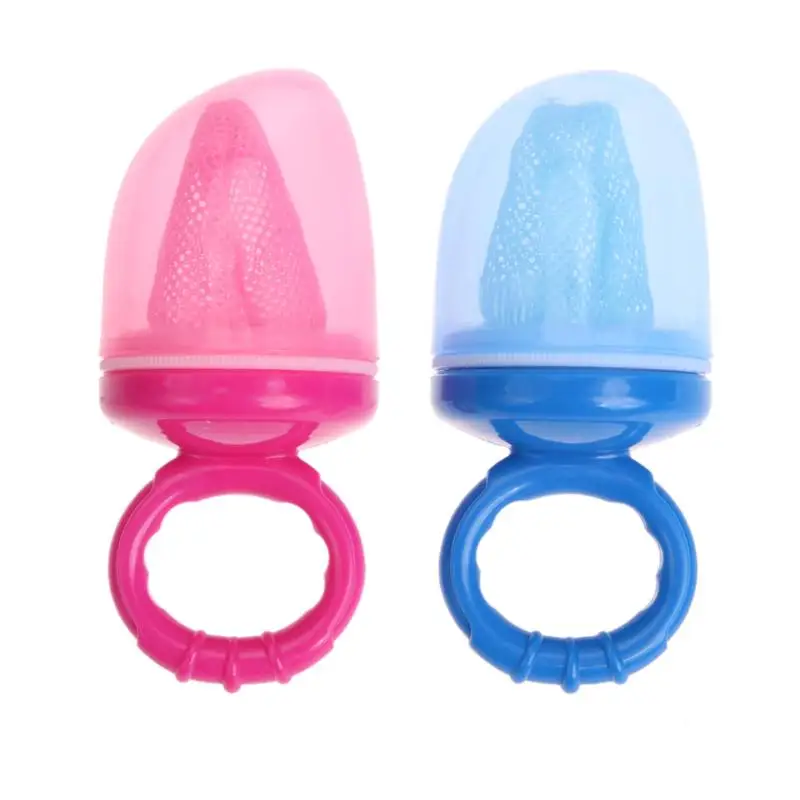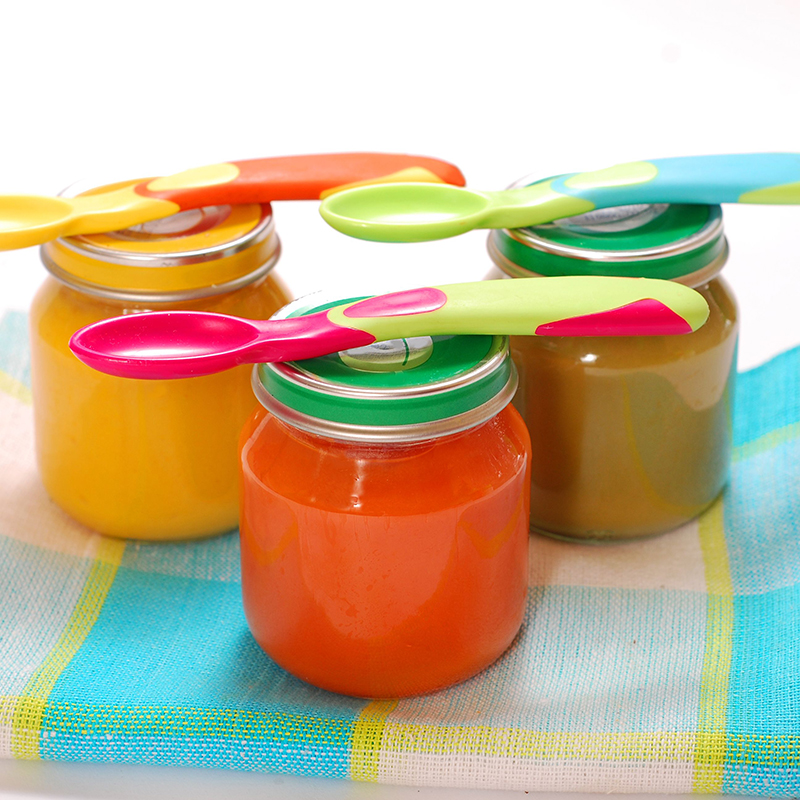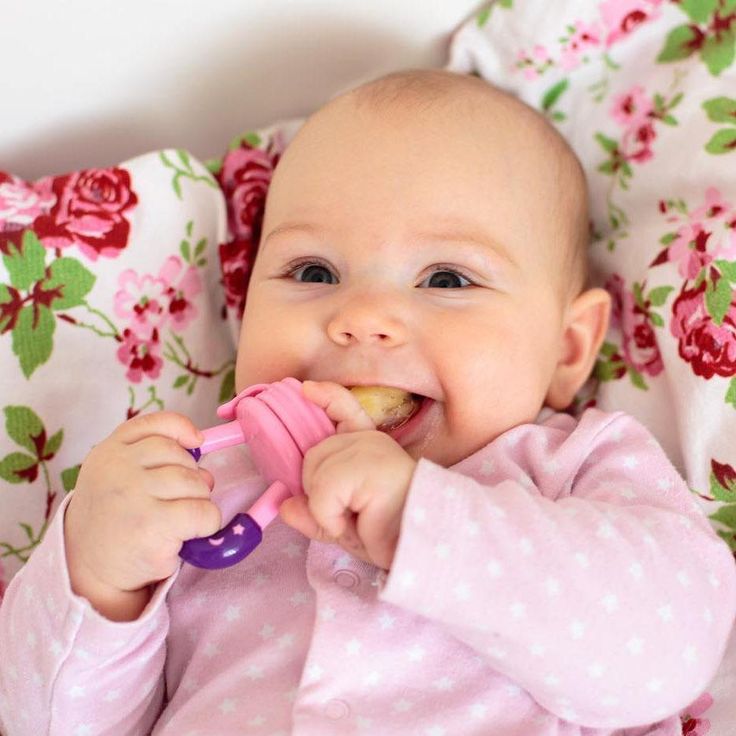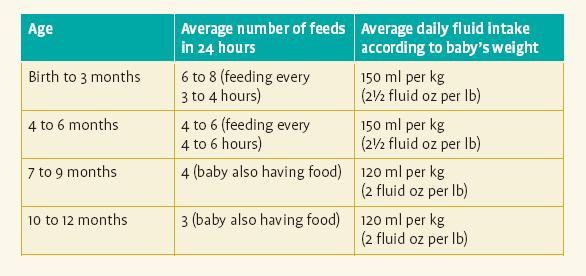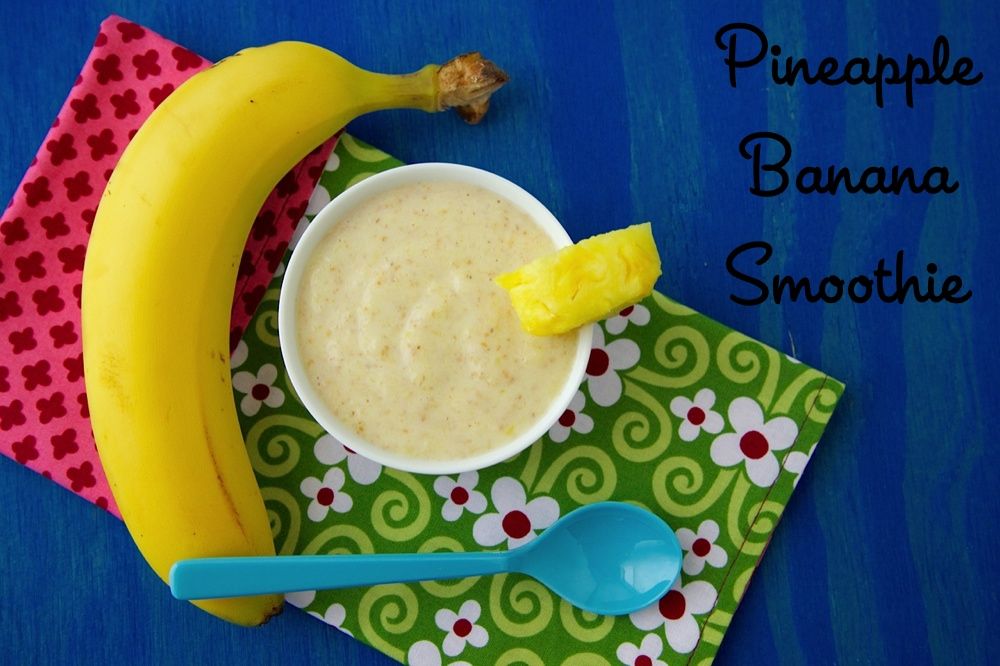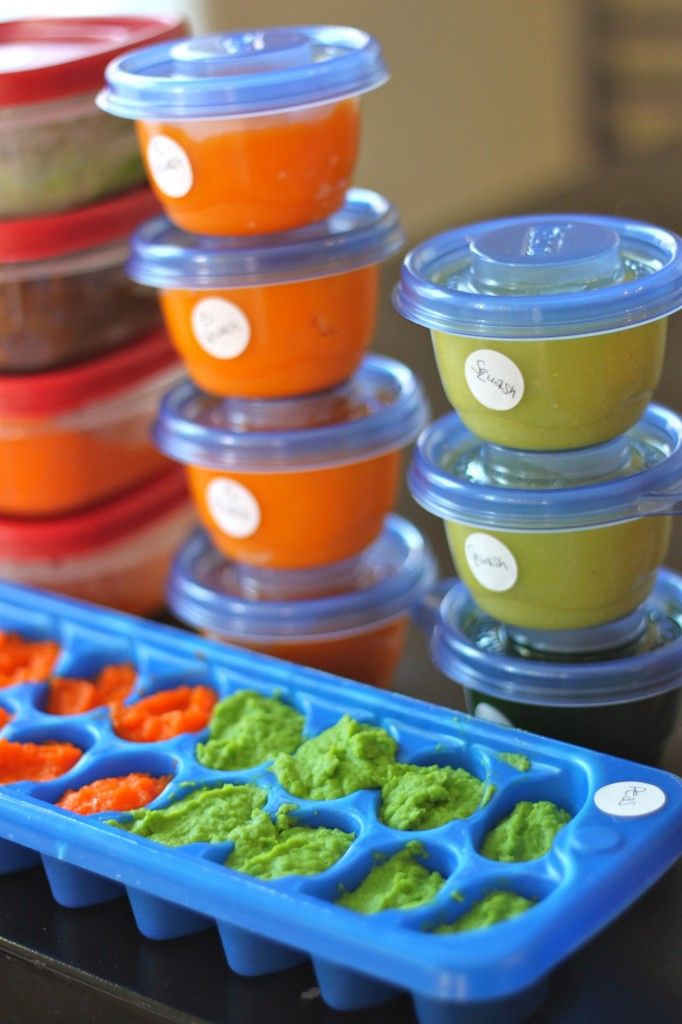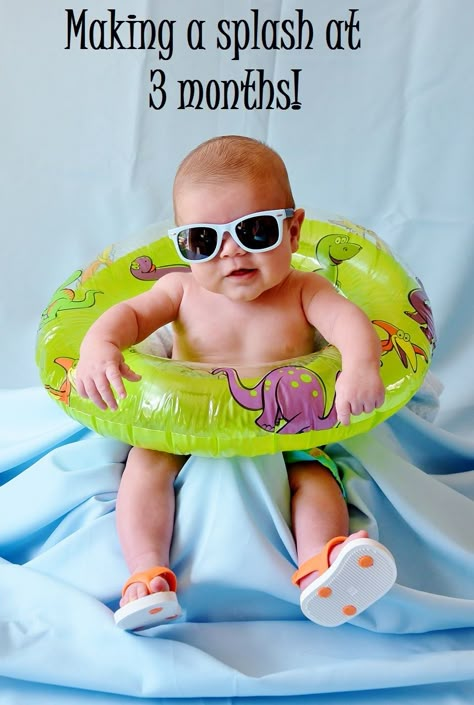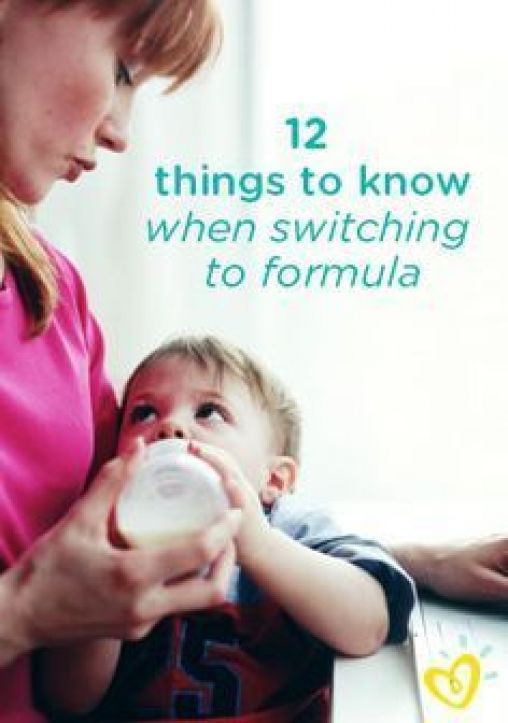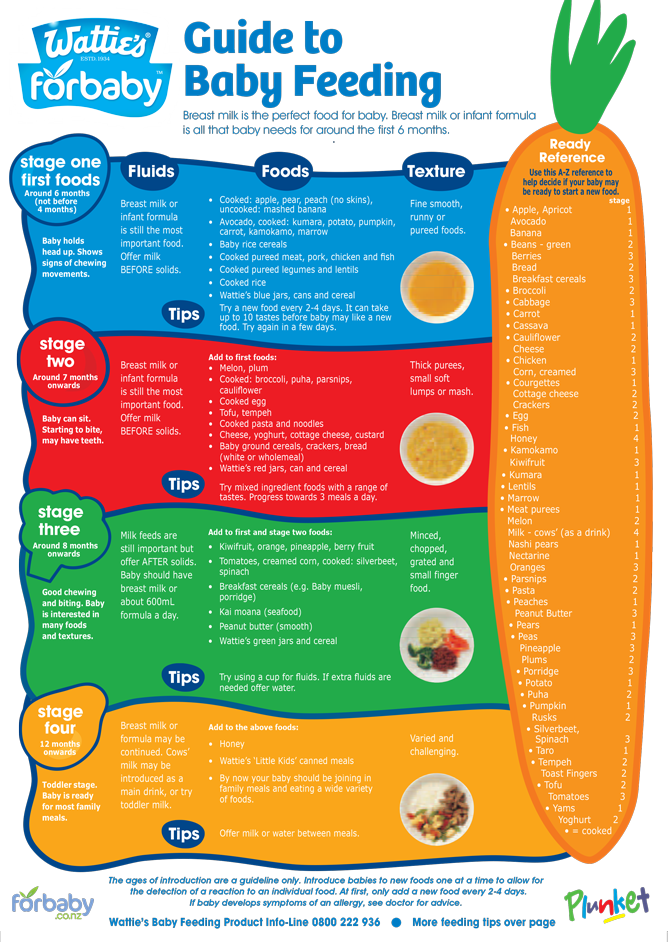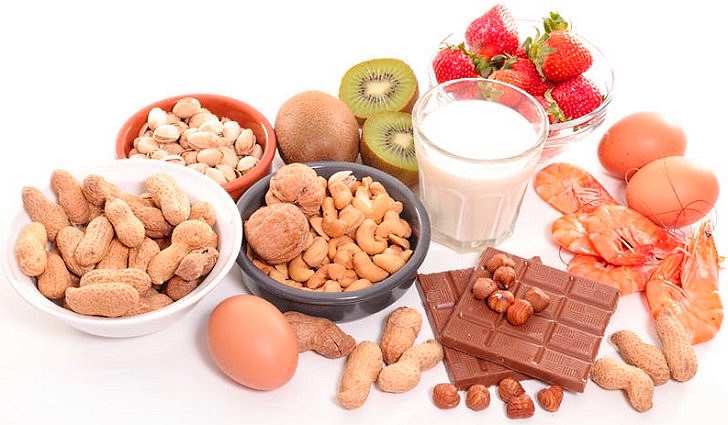What age can baby use mesh feeder
Ultimate Guide to Baby Feeders: Mesh and Silicone
You may have seen baby feeders, whether mesh or silicone, and wondered what they are for. They are a great tool for feeding babies and toddlers—and are especially awesome for teething relief. There are many on the market though, so today I’m sharing the best of the best.
Baby Feeder
A baby feeder is made up of an easy-hold handle and a little pouch with lots of holes. The idea is that the holes allow some of the flavor and texture of the food to come out, without the concerns that may come with larger pieces of food.
This means you can worry less when it comes to choking risks.
One thing to keep in mind: They don’t allow babies to have the full texture experience of the food—since the texture is mostly the mesh of the feeder. That means you don’t want to use one of these for every meal (or even most meals).
Lots of exposures to lots of textures helps babies and toddlers gain confidence in handling all sorts of foods, which can make feeding kids a lot easier over the long run.
But an infant feeder can be a handy tool to have in the mix, especially if on the go, starting to transition to baby food, or trying out a new food that has you a little nervous.
And they are a great way to offer cold teething relief to soothe baby’s gums.
Baby Fruit Feeder
Many people like to use baby feeders to offer fruit, either fresh or frozen, since the product is a safe way for baby to suck on and explore the flavor of a wide range of fruit.
TIP: Another name for this is Baby Fruit Pacifier.
Best Baby Food Feeders
Below are my top picks for infant feeders chosen for ease of use, durability, and ease of care (as in washing!). There are different materials listed, as well as specific information on each product.
Best Mesh Feeder
Munchkin Baby Feeder, sold in a set of two. (Or choose the ones that come with travel caps.)
This baby feeder has a streamlined, simple design of a mesh bag for the food and a ring for baby to hold onto. Small, digestible pieces of food come through so baby is getting some nourishment (and comfort if using for teething) without the risk of choking. It’s about $7 for two of them.
Small, digestible pieces of food come through so baby is getting some nourishment (and comfort if using for teething) without the risk of choking. It’s about $7 for two of them.
Best Silicone Feeder
Boon Silicone Feeder
This baby feeder, which is priced at under $6, is made from durable silicone and can be used with fresh or frozen foods. The interior stem forces food toward the tiny holes in the feeder and the small handle is sized just right for baby’s little hands.
Kidsme Baby FeederBaby Feeder Pacifier Combo
Kidsme Food Feeder
This popular Kidsme feeder has a replaceable silicone pouch that comes in two sizes, so you can adjust and replace as your child grows. It has a unique handle style that some babies may prefer and can be used as a pacifier too. It’s usually priced around $15 and is recommended for ages 4-24 months.
What baby foods should I put into a baby feeder?
Here are some fruits that are good to serve in a baby feeder:
- Raspberries, fresh or frozen
- Strawberries, fresh or frozen
- Blackberries, fresh or frozen
- Cantaloupe
- Honeydew
- Banana
- Mango, fresh or frozen
- Roasted sweet potato
- Roasted butternut squash
- Ripe fresh pear
- Fresh cucumber, skin removed
- Watermelon
- Cooked red meat such as steak
- Frozen grapes (These are NOT safe served to a child this age in any other way as they are a choking risk.
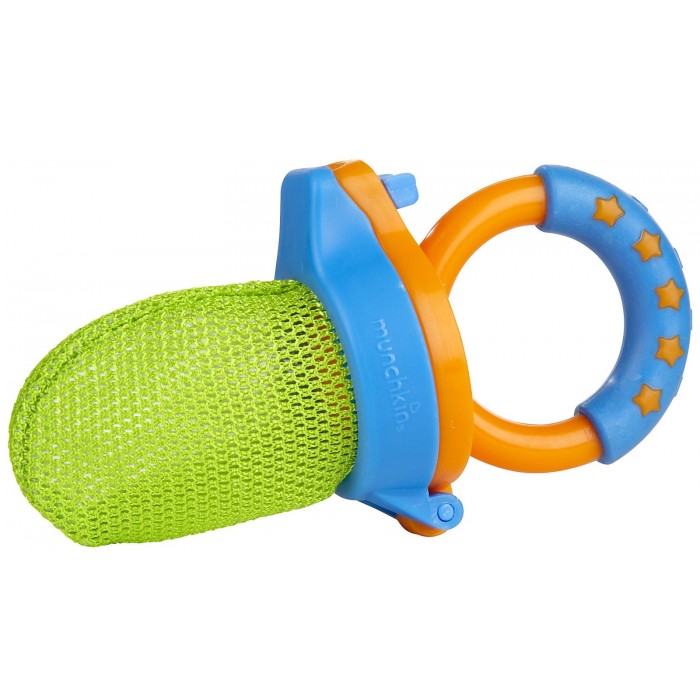 They are fine served inside the feeder, though.)
They are fine served inside the feeder, though.)
TIP: You can use frozen fruit or ripe fresh fruit that’s soft and easy to gum. Avoid any fruits or veggies that are very hard as baby may be frustrated by that texture.
Frequently Asked Questions
What age can baby use a mesh feeder?
Babies can use an infant feeder soon after starting solids around 6 months, or when they can easily hold it and bring it to their mouth.
How do I use a baby feeder to help with teething?
If you fill the feeder, whether mesh or silicone, with frozen fruit, you can soothe teething in infants who are eating solids or in toddlers. It’s cold and yummy, yet requires no real work for the child to suck on, so it’s comforting.
Are all of these baby feeders BPA-free?
Yes, if you choose a mesh baby feeder or one made from silicone, they are BPA-free.
What’s the best way to clean a baby feeder?
Try using a bottle brush or just running water to clean out the mesh. It should be fairly easy to clean if you avoid letting it sit too long with food in it!
Are baby feeders good for babies?
The one downside could be that if you rely on them too much, the child learns the texture of the feeder, rather than of the food. This can make it harder for a child to learn to move actual food around in their mouths and harder for them to accept a range of textures in the future when you don’t want to be using the mesh feeder as much.
Because of that, I recommend using this product at limited times such as when on the go at a restaurant or to help sooth a teething infant, baby, or toddler.
This is not recommended as a way to feed your child at every meal.
If you are worried about choking, review this information on toddler choking and trust that if you serve foods that are easy to squish between your fingers, baby is sitting down at meals, and you are with them, they will learn to eat like so many other kids who have gone before them!
You May Also Like
- Best Baby Puffs
- Favorite Sippy Cups
- Best Snack Containers
- Best Lunch Boxes
- Favorite Suction Bowls
- Top High Chairs
I’d love to hear your thoughts on baby feeders in general or on these specific products, so please comment below to share!
This post was first published May 2019.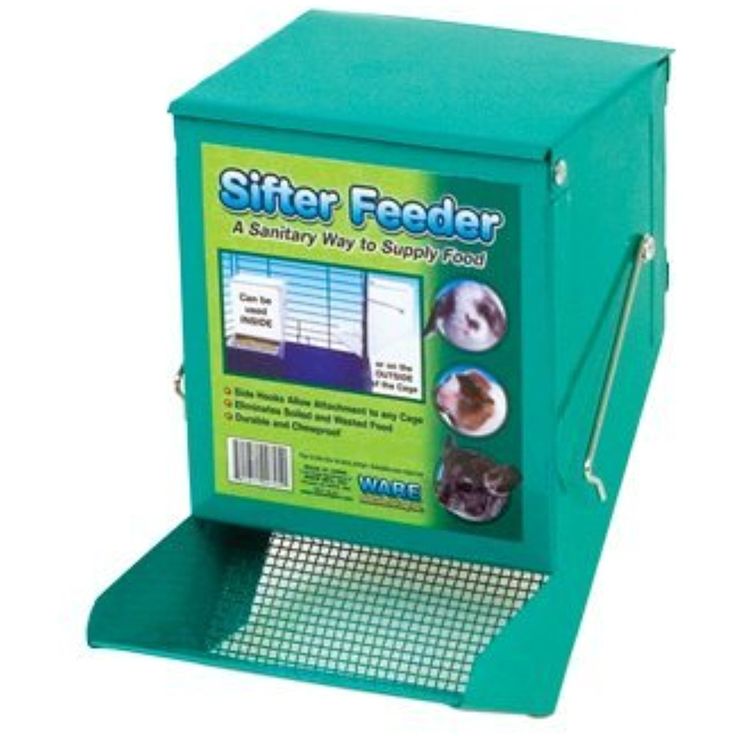
5 Reasons Your Baby Needs A Mesh Feeder
Mesh feeders are one of the most used “tools” in my feeding therapy toolbox so it’s no surprise that they made their way into my mom life...
Before I share 5 benefits of a mesh feeder, it’s worth clarifying that I’ll use the term Mesh Feeder to also include silicone feeders and I’ll give my quick 2 cents at the end of this article about which I prefer.
And before we dive in, I also think it’s worth mentioning that for many generations before these fancy newfangled baby gadgets came onto the scene, mamas were making little pouches with cheesecloth to give to their babies to chew on. Pretty cool, huh?
1. Offers Baby-Safe Chewing PracticeWe take chewing for granted but it actually requires a lot of coordination, strength and endurance of the muscles of the jaws, cheeks and tongue. These aren’t skills and strengths your baby is born with; they develop through practice.
A mesh feeder offers baby chewing practice with textures, sizes and shapes of foods that they otherwise might not be ready to safely eat.![]() Learn more about how to progress from the easiest solids to hardest solids.
Learn more about how to progress from the easiest solids to hardest solids.
Mesh feeders can help reluctant or hesitant new feeders transition to solids. Texture aversion isn’t always a sensory issue. One of the other primary reasons babies avoid transitioning to solids is that they don’t yet have the oral motor coordination skills for solids to feel safe.
When baby doesn’t yet have control of where the food is in the mouth, it can get too far back on the tongue before it’s thoroughly chewed or gathered into a bolus (which is a fancy word for ready-to-swallow food blob). This often triggers a gag and a refusal of the food or texture.
A mesh feeder allows baby to experience solids in the mouth and begin to develop the requisite oral motor skills for safe feeding in a way that feels safe and positive. Offer the mesh feeder at the beginning of meals filled with a food that’s safe for baby to eat without the feeder.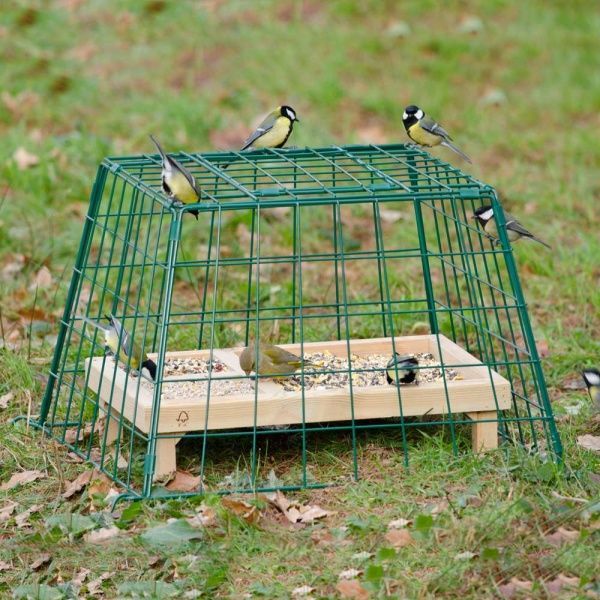 Once baby shows interest in the feeder, offer the same food without the feeder. No forcing, coercing or tricking baby into taking bites, simply offer and show baby how you eat the food (with fingers, spoon, etc.)
Once baby shows interest in the feeder, offer the same food without the feeder. No forcing, coercing or tricking baby into taking bites, simply offer and show baby how you eat the food (with fingers, spoon, etc.)
A mesh feeder offers baby an easy-to-grasp handle and requires less motor coordination than a spoon or finger feeding baby-safe bites of solids. It’s also less messy than finger feeding and so it poses less of a sensory challenge to kiddos with some tactile sensitivity (translation: those who don’t like to feel messy).
So while I strongly encourage families to allow baby-led spoon feeding, finger feeding and messy meals on a regular basis, I’ve seen a mesh feeder offer a nice beginner step for kiddos who are resistant to feeding themselves. Learn more about supporting self-feeding skills.
4. Soothes Sore Teething GumsMesh feeders are perfect for easing the discomfort of teething.
For a baby who hasn’t yet started solids fill it with ice, frozen breastmilk or formula.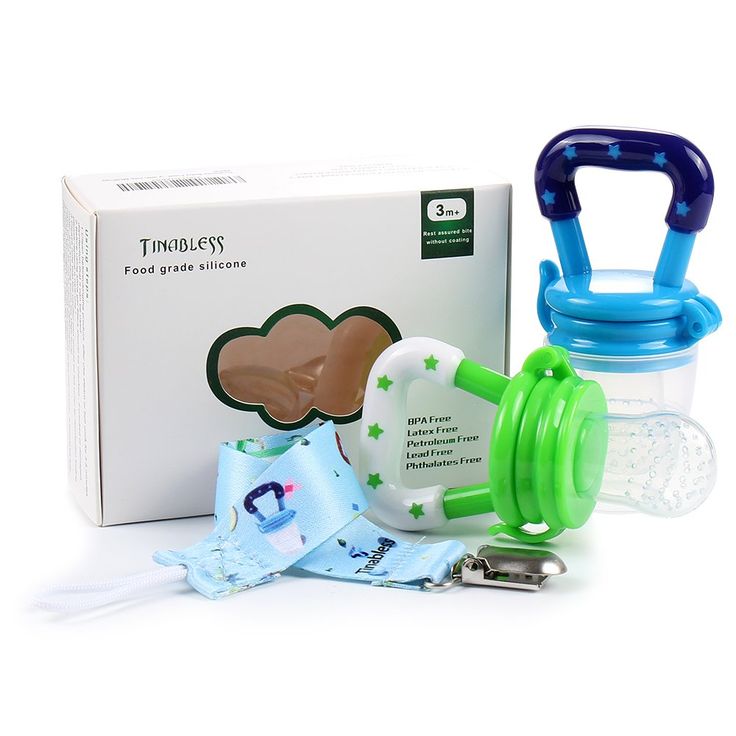 For an older baby who’s started eating foods, frozen fruit is also a perfect mesh feeder filler.
For an older baby who’s started eating foods, frozen fruit is also a perfect mesh feeder filler.
Mesh feeders are one of my go-to’s for keeping the peace in my house in those final frantic minutes before dinner.
You know - the time of day when your patience is worn thin, the kiddos are hungry and cranky and you just need a few minutes to get dinner on the table. Frozen fruit or ice in a mesh feeder keeps even my 2 and 3.5 year olds happy and gives them a little blood sugar boost to keep the hangries away.
Recommended Feeders
This page includes affiliate links, which means I earn a small commission when you purchase products through these links. I only link to products I use or love. Thanks for supporting CanDo Kiddo. See my disclosure page for more information.
Mesh or silicone - which one to choose? This really boils down to preference as there isn’t any big developmental difference between the two.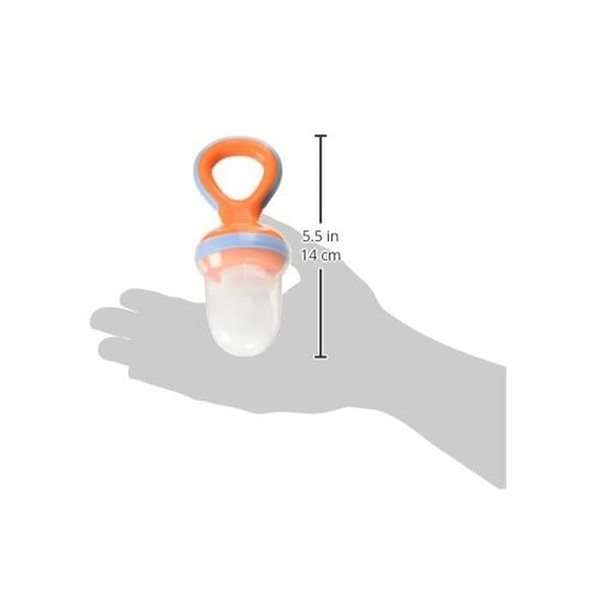
Mesh feeders tend to be bigger so i do love that I can easily fit larger foods and whole pieces of ice in them. But silicone definitely wins out for ease of cleaning. If you do opt for mesh, simply drop it in a cup of water to soak if you can’t clean it immediately after use (which is often in my house!).
The two brands I recommend are:
Ashtonbee Silicone Feeder
Munchkin Mesh Feeder
Stop the endless internet searches and crowdsourcing questions.
Get clear, expert advice from a baby feeding professional about the best foods, techniques, gear and safety tips for happy, relaxed mealtimes with your little one.
Just listen to how excited, confident and successful first-time mom Molly was on her FIRST DAY of feeding her baby:
"We started solids today and are following your Food Before One course. Today when I handed her a pre-loaded spoon with butternut squash, she went to town! So exciting!"
Bird feeders: sizes, types, selection rules
Content:
- Why do we need feeders?
- Types of feeders
- Selection and installation guide
- Things to remember
- Which feed can be used
- Useful findings
"Small little birds are chilled,0022
and Blizzard with a roar frantic Knights Svetnoy 9000
Remember these lines from Yesenin's poem? In winter, birds have a hard time.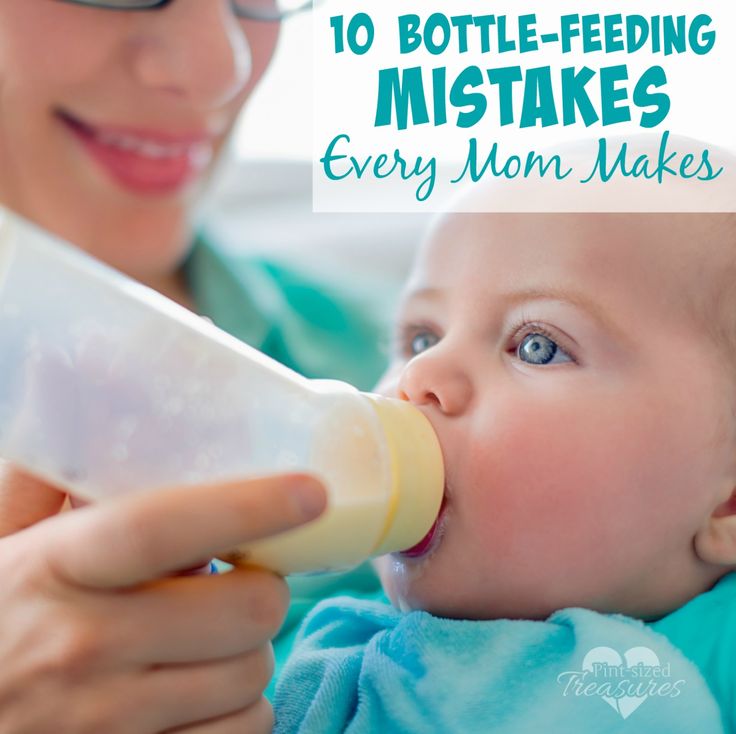 Lack of food becomes a problem. Food is needed in order for the body to produce heat. Ornithologists have calculated that in frosts 90 percent of birds die from lack of calories. The task of a person is to come to the aid of birds. One feeder , hung behind a window or on a tree, provides food for several hundred birds.
Lack of food becomes a problem. Food is needed in order for the body to produce heat. Ornithologists have calculated that in frosts 90 percent of birds die from lack of calories. The task of a person is to come to the aid of birds. One feeder , hung behind a window or on a tree, provides food for several hundred birds.
Why do we need feeders?
- help flying friends to get the food they need to live;
- joint production or attachment feeders – a reason to spend time with family;
- children will be happy to see the replenishment of food . This will teach a responsible attitude towards our smaller brothers;
- knowing that your site has a feeder , the birds will fly in in the summer and protect the trees from insects;
- feeders can be a beautiful element of decor on the site;
- birds pecking food are interesting to watch for both children and adults.
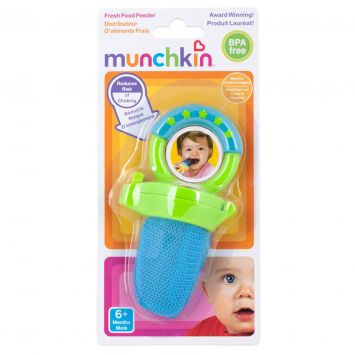
When we were kids, we made bird feeders out of milk cartons. Today, it can be made from a variety of materials or you can choose a ready-made version that will decorate your backyard or apartment window.
Possible materials are wood, metal, cardboard, plastic, plywood.
Main types Feeders :
1. Suspended. Such models are hung on a tree branch. They have an elongated shape and mesh sides, from which it is convenient for birds to get food . It is desirable that the feeder be wide enough to accommodate several birds.
2. Playgrounds. Represents a flat surface on which feed is poured . Such feeders have a number of disadvantages - the grains get wet in the snow and rain, scatter from the wind.
3. Trays. Pallets with sides and a roof are not only a place to eat, but also protection from the weather.
Feeders-trays and trays are large, so a dozen birds can eat on them at once.
4. Peelers. Designed for small birds. In such feeders it is better to put bread, which will be held by a metal mesh. Birds will peck out food from the cells.
5. Bunkers. They are small in size, so feathered friends will have to queue up to peck at the grain. There are models with automatic grain feeding, which is practical, since the feed will not scatter.
6. Houses. A suitable option for a summer cottage. These are flat areas with a roof, so the bird's meal will not be spoiled by moisture.
Selection and installation guide
1. Decide where feeder will be installed. Small options are suitable for the apartment window - peelers, bunkers, hanging ones. Large ones will look good on the plot - houses, trays, platforms.
2. Locate the "refectory" in a place where food will not get wet from snow or rain.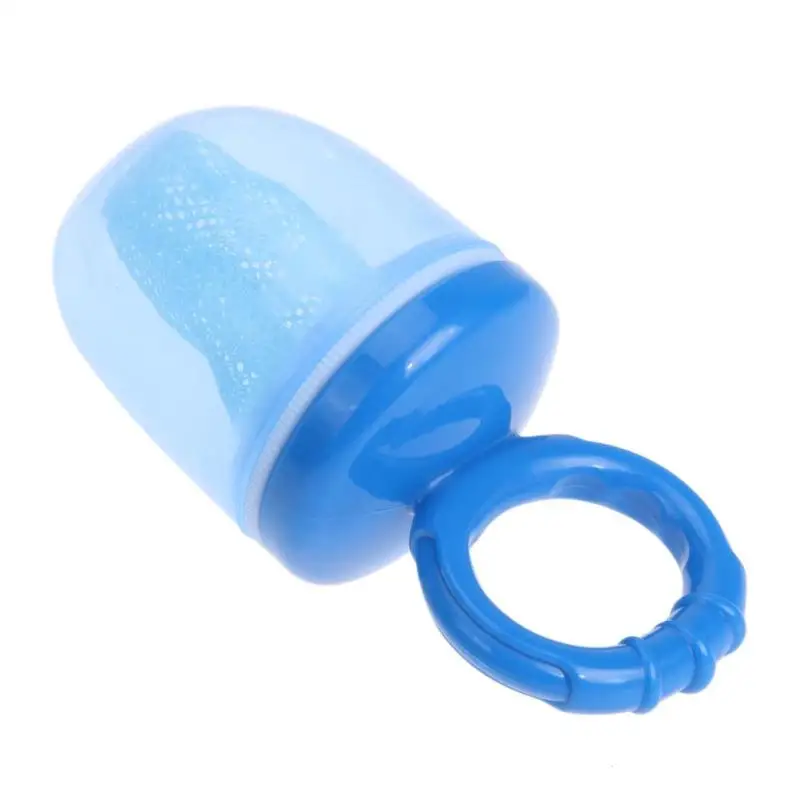 If this is not possible, consider options with a roof.
If this is not possible, consider options with a roof.
3. Birds can be easy prey for cats and small predators. Feeder must be installed so that the animals cannot reach it.
4. The product must be well reinforced. You can screw it to a tree, but there is a chance of damaging the trunk. It is much more efficient to attach the feeder to a free-standing pole, which must be well dug into the ground.
5. If you are going to install a feeder in the forest, but do not have the opportunity to add feed daily, choose models with automatic grain feed.
Things to remember
1. Birds find food thanks to their sharp eyesight. Feeder must be bright. Another way to attract attention is to hang a bright ribbon on it.
2. When making a "dining room" on your own, give preference to safe materials. Staining is permissible only on the outside - lacquer or paint contains toxic substances.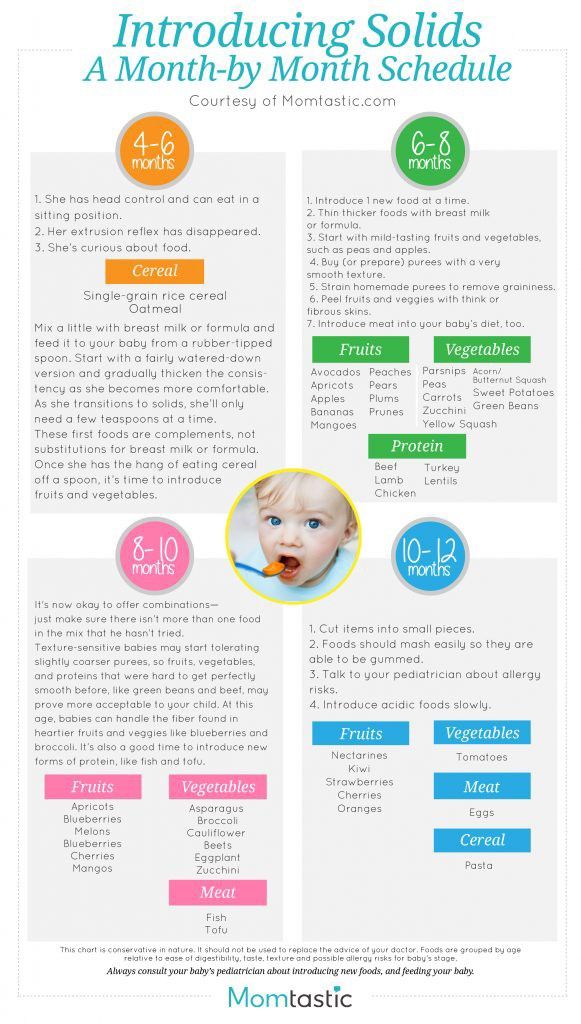
3. It is more difficult for large birds to find food than for small ones. Sparrows love to swoop down on food in a flock and quickly peck everything. If you do not have time to constantly replenish feeder , choose smaller models, such as hoppers. Only one bird can eat at a time.
Which food can be used
It is recommended to feed the birds with grains and some types of natural food.
Can:
- wheat, millet, oats;
- frozen or dried berries;
- bread crumbs;
- fat - for tits;
- pumpkin and watermelon seeds;
- sunflower seeds.
Not recommended:
- moldy bread;
- rice, buckwheat;
- chips;
- fruit and vegetable peel;
- certain types of nuts;
- fried and smoked natural food.
If you are afraid of making a mistake with the choice of ingredients, you can purchase ready-made bird food . A mixture of grains, dried vegetables and fruits contains all the necessary nutrients that will saturate the body of birds.
A mixture of grains, dried vegetables and fruits contains all the necessary nutrients that will saturate the body of birds.
Lessons learned
- in winter it is difficult for birds to get food without human help;
- feeder you can make yourself or choose a ready-made option;
- "dining room" for winged birds must be protected from predators, snow and rain;
- Not every kind of food is good for birds. Opt for prepared foods containing grains, fruits, vegetables and nuts.
We also recommend
Hanging the bird feeder correctly and attracting birds to your yard
Hanging bird feeders correctly is half the battle in attracting birds to feed on them. By hanging the feeders in a place convenient for the birds, you will thereby be able to use them as efficiently as possible, feeding the birds and observing a wide species diversity.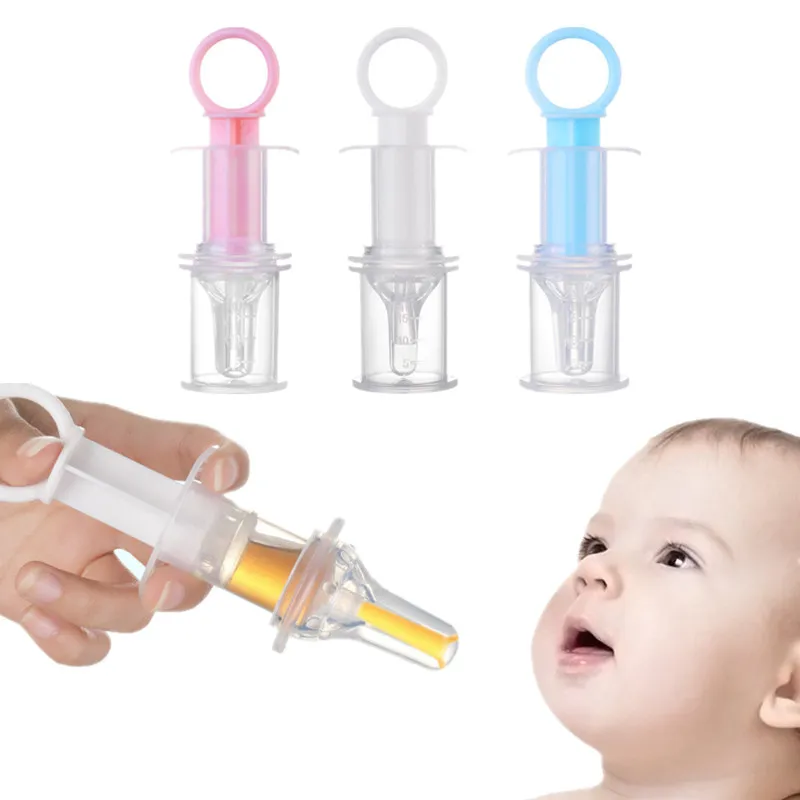
Feeder installation
The most important factors to consider when choosing a location for a feeder are those that affect how birds will find and use the feeder. If the birds do not find the placed feeder comfortable and safe, then they will not use it often. When hanging a feeder in your garden, keep the following criteria in mind:
Natural feeding . The best place to set up a feeder is one that can mimic the birds' natural feeding habits. A woodpecker feeder will be more popular with these birds if it is hung on a tree trunk or a thick branch. A feeder for small passerine birds is best placed in places where these birds usually feed, for example, near bushes, fruit trees or coniferous trees.
Anxiety. Feeders in quiet and peaceful areas work better than those located near active areas such as a play area, gazebo or verandah, a walkway that is frequently walked on or next to a car park.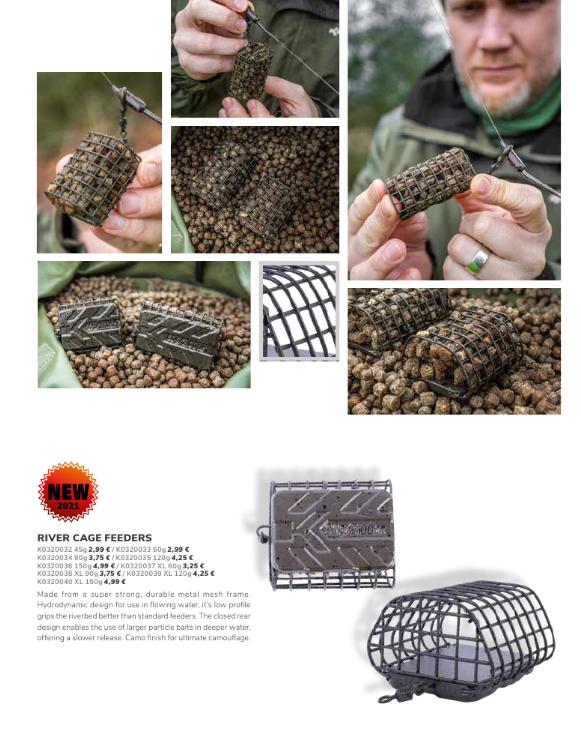 Do not install the feeder near a source of artificial noise. At the same time, birds can get used to some noise and disturbance from people, but many species will still prefer quiet and calm places.
Do not install the feeder near a source of artificial noise. At the same time, birds can get used to some noise and disturbance from people, but many species will still prefer quiet and calm places.
Security. Birds will not visit a feeder in an unsafe area. Position the bird feeder about 2-3 meters from a suitable hiding place, such as trees, shrubs, or stacked branches, so that birds can hide safely and quickly when a predator is nearby. Also take appropriate measures to protect birds from pets (cats, dogs) to make the feeding area even safer.
Windows . Collisions with windows are often fatal for small birds. The feeder should be placed either very close to the window or on the window itself, or further away (more than 4 m). The window feeder does not allow the bird to get serious injuries, because having arrived at such a feeder, it maneuvers in time and slows down the flight speed without crashing into the glass. Also, the feeder set at a distance provides enough space for safe maneuvering. Other methods that can also help prevent bird strikes on windows are the application of various patterns on the glass or the windows covered with thick curtains.
Also, the feeder set at a distance provides enough space for safe maneuvering. Other methods that can also help prevent bird strikes on windows are the application of various patterns on the glass or the windows covered with thick curtains.
Discovery . Birds need to find a new feeder first before they visit it regularly. Placing the feeder on a sunny open side makes it more visible to passing birds. It also gives feeding birds a good view to spot a predator or other threat in time.
Chemicals . If you use any chemicals, for example, treat fruit trees from pests in your garden or on the plot, then it is necessary at this time to keep the bird feeder away or completely remove it for a while so that the food or other products with which you feed the birds , could not be contaminated. However, there is good news! Once you've attracted a lot of birds to your garden, you may need to use fewer chemicals as the birds will eat a lot of pests and help keep your yard and garden naturally healthy!
Proteins.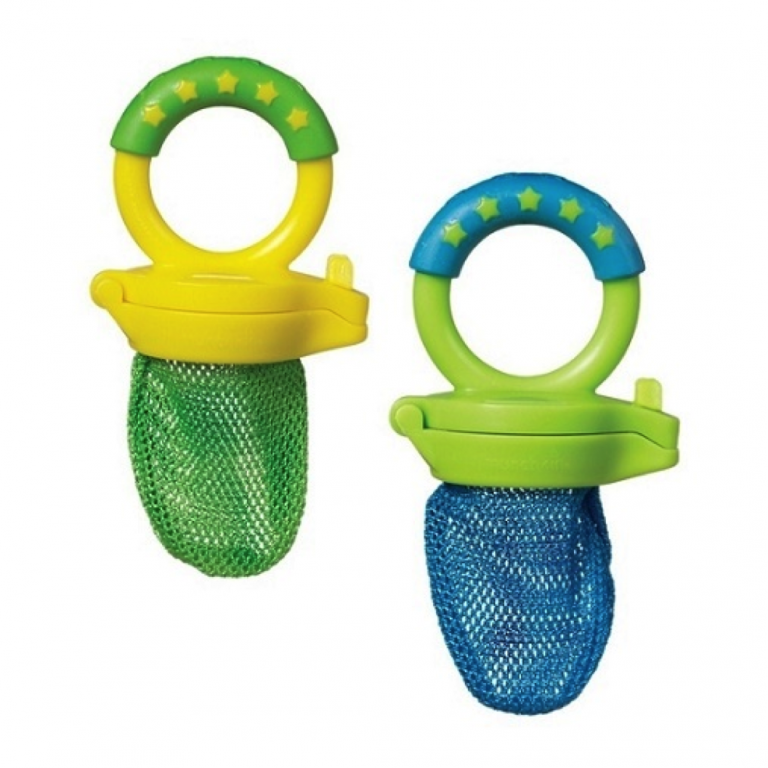 These animals are mobile and intelligent. They are always ready to feast on the bird feeder. If you want to feed the squirrels separately, then you can hang special squirrel feeders for them. So that the squirrel does not encroach on the bird feeder, then you need to hang anti-squirrel bird feeders.
These animals are mobile and intelligent. They are always ready to feast on the bird feeder. If you want to feed the squirrels separately, then you can hang special squirrel feeders for them. So that the squirrel does not encroach on the bird feeder, then you need to hang anti-squirrel bird feeders.
Personal space. Each type of bird has its own territory where they feed. If the feeder is popular and many birds fly to it, then a conflict situation between birds can be created, which often develops into aggressive behavior. To avoid this, install several feeders on your site, hang them at a distance from each other. It is recommended to hang different models of feeders to ensure convenience for all types of birds. Also, increasing the distance from each other of feeding birds on the site leads to a decrease in the risk of the spread of diseases among birds.
Convenient placement of bird feeder
Most bird lovers want to enjoy the benefits of bird feeding, such as attracting more species, observing birds up close, making species lists of their gardens, allotments and yards, and identifying new visitors to the feeder . By choosing the right place to place the bird feeder according to your preferences, you can enjoy watching the birds. To get the most out of it, consider our recommendations:
By choosing the right place to place the bird feeder according to your preferences, you can enjoy watching the birds. To get the most out of it, consider our recommendations:
Review. Position the feeder so that you have a comfortable, unobstructed view from a convenient location, a window. Also pay attention to lighting, as sunlight will help to see the colors in the plumage of a bird, as well as more subtle details in the structure of the body, which will make it possible to accurately identify the type of bird. In summer, when the sunlight is contrasting, it is better to observe birds in shaded places. Also note that visibility may vary in different seasons. In summer, loose leaves on trees and bushes can block the view, and the birds are not very visible. In autumn, when the trees shed their leaves, the view is transformed. In winter, the birds are best seen, the foliage does not interfere, but there are few sunny days, and a short daylight hours does not make it possible to observe birds for a long time.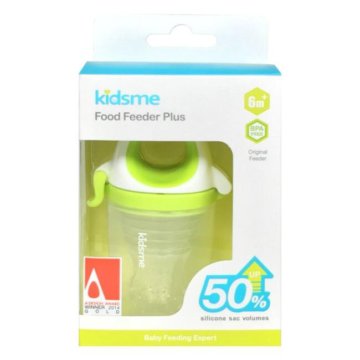
Feeder replenishment. Position the feeder where it can be easily and conveniently refilled and always ready to attract and feed birds. If the feeder hangs too high, or is not located conveniently for a quick approach to it, then such a feeder will often not be filled with food.
Shelter . If the climate in your area is prone to strong winds, heavy rain or heavy snowfall, it is best to place the feeders in sheltered areas (under a canopy). This will help protect the feeder and the birds using it from adverse weather conditions. This will also make it easier to care for and fill the feeder during inclement weather, when the birds need the most nutritious feed.
Aesthetic. From the birds feeding on the feeder there is garbage in the form of seed husks, feathers, droppings. In order not to spoil the view of a beautiful flower bed, lawn or front entrance to the site, try to place the feeders in secluded natural places where it will not annoy you.